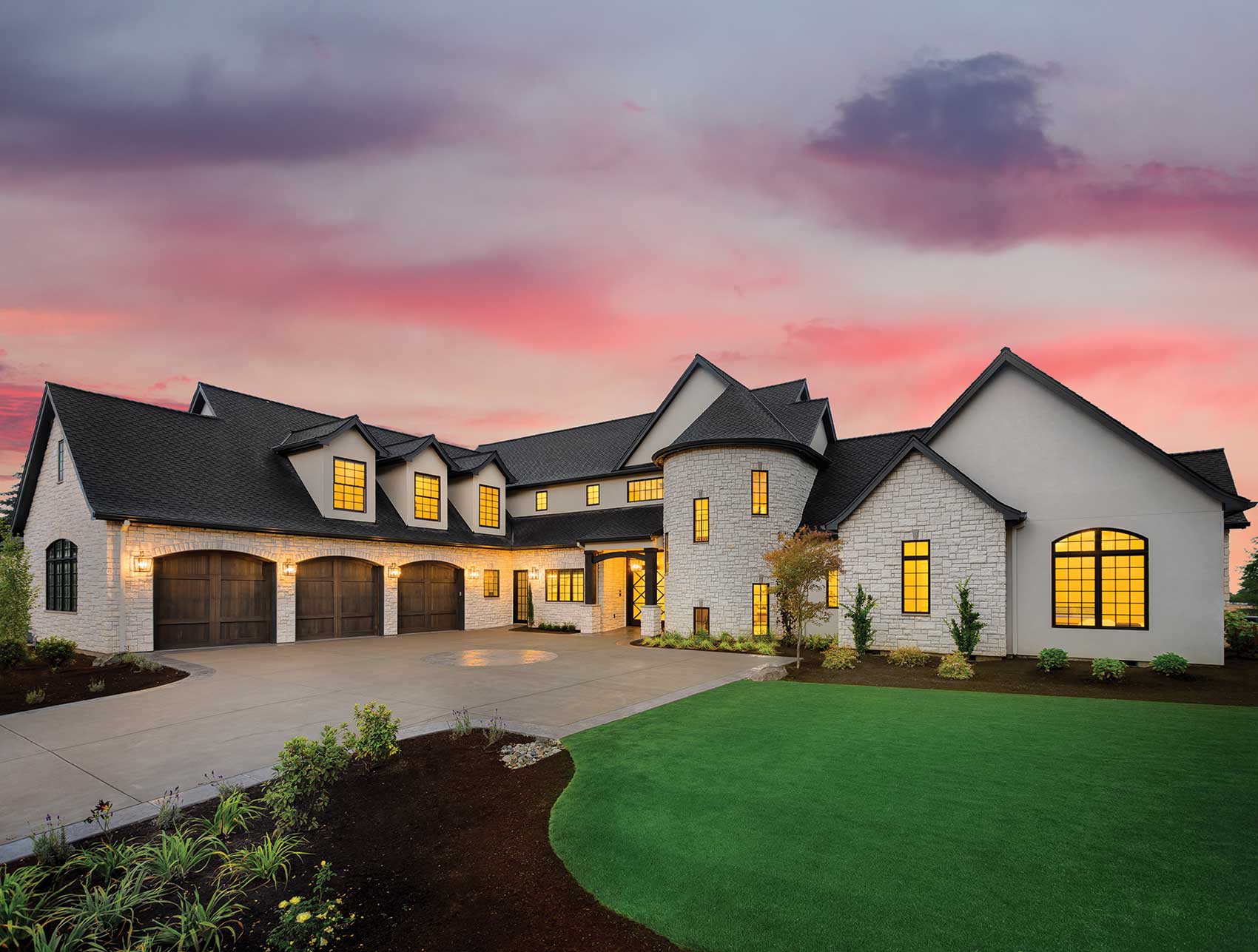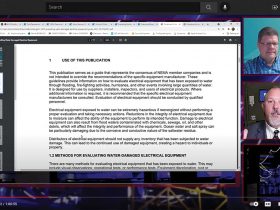It’s often said that our home is our castle and haven of safety. Whether it is a single-family dwelling, an apartment, or a high-rise penthouse, we naturally expect to feel safe when we come home, turn on a light, and begin preparing our evening meal. Unfortunately, the electrical wiring or electrical service panel within these dwellings can sometimes be one of the most significant fire hazards in our home.
In 2019, The U.S. Fire Administration reported 2139 civilian home fire fatalities reported by U.S. news media. Of those, 54 were reported as an electrical malfunction, 26 were caused by heating equipment, and 15 were about appliance fires. NFPA’s “Electrical Fires” (March 2019) notes that electrical failures or malfunctions were the second leading cause of U.S. residential fires between 2012–2016, with electrical distribution and lighting equipment as the third major cause of fires. [See FEMA’s “Residential Building Electrical Fires” article in this issue, which addresses the characteristics of electrical fires from 2014–2016.]
Fortunately, reports of electrical fires have decreased in the past few decades. Thomas Edison devised the first circuit breaker in 1879 to help protect circuit wiring used for lighting from the common problems of current overloads and short circuits. Since then, the use of standard breakers over fuses inside of electrical service panels have helped to decrease the number of overloaded electrical circuits used in today’s modern technology.
Thanks to updates in electrical codes, electrical distribution systems in houses have become safer, especially with new requirements regarding major renovations to older systems. In the March/April 2020 issue, Keith Lofland covers many of the residential changes made in the new NEC-2020. Thomas Domitrovich discusses the 6-Disconnect rule in the new Code, and Mark Hilbert discusses the significant changes made to measurement requirements in Article 210. Joseph Wages, Jr., concisely covers residential receptacle outlet spacing requirements in the NEC-2017. Changes to photovoltaic (PV) energy systems are also thoroughly discussed by Bill Brooks, Sam Daye, and John Wiles. As always, after you’ve finished reading these articles on residential safety, test your knowledge by taking the Code Hunter quiz, 2020 edition.
We are also excited to introduce a couple of new columns by our industry partners. Long-time readers may remember David Young’s excellent series on the NESC entitled, “The Other Code.” We have partnered with IEEE for a new column about the NESC called, “Beyond the Service Point.” Intertek, a nationally recognized testing lab, will join us with a column on “Certification Insights.” Along with UL’s “Question Corner,” we’re hoping to enhance understanding of the listing and certification process. NFPA is also beginning a new standards column called, “NFPA Code Talk,” which addresses in this issue the new NEC requirements to keep first responders safe during emergencies and will cover essential policies in the NFPA 70E next issue.
As always, keep safe and happy reading!















Find Us on Socials